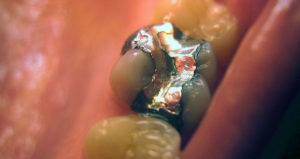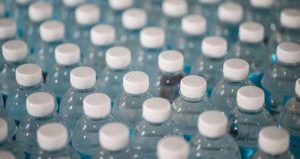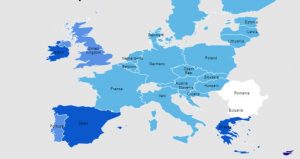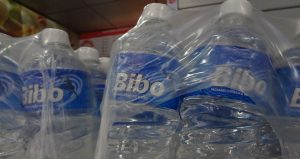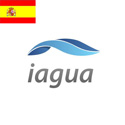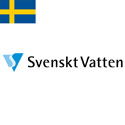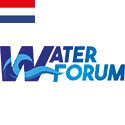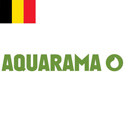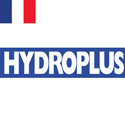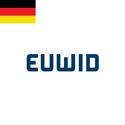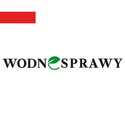The quality of drinking water in Europe improves

-
 Editorial Team
Editorial Team
Share article:
Between 2011 and 2013 the quality of drinking water supplied by large drinking water utilities reached 99 % in nearly all European Member States. According to the evaluation report ‘Quality of drinking water in the Union’ the European Commission published on the 20th of October 2016 the drinking water quality in Europe improved between 2011 and 2013.
Drinking water suppliers in Europe have to comply to microbiological and chemical parameters to ensure consumption is safe. The Drinking Water Directive obliges large water suppliers who provide more than 1,000 m³ drinking water per day or serve more than 5,000 persons to report on the quality of their product. The DWD requires that drinking water must be free of any microorganisms, parasite or substances that could potentially endanger human health. Member States have to comply to standards for the most common potentially harmful organisms and substances that can be found in drinking water.
Exceedances
In the new report the chemical parameters arsenic shows, in contrast to nearly all other parameters, the lowest compliance rate with 98.83 %. This is mainly caused by catchment characteristics and is due to geological background concentration that can be found in Hungary or Italy. The most exceedances during 2011-2013 were reported for coliform bacteria, followed by Iron, total organic carbon and ammonium.
Indicators
The report also includes indicator parameters. These parameters are not considered as harmful, but they have indirect relevance to the quality of water. They serve to indicate that something has changed in the source water, the treatment or the distribution of the water. When an exceedance in this group of parameters is observed, the situation needs to be further investigated and to be adjusted. For indicator parameters, Malta reported a rather low mean compliance rate of 90.1 % because of very low compliance rates on chloride.

